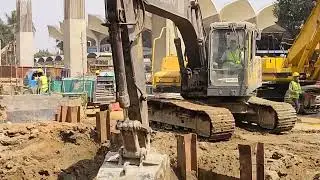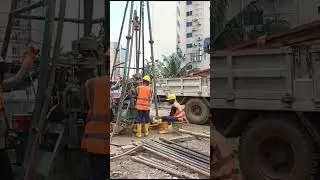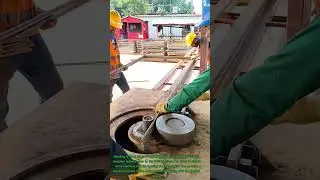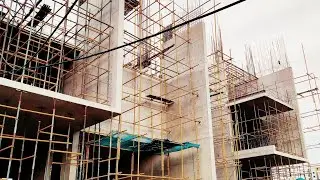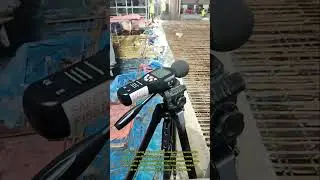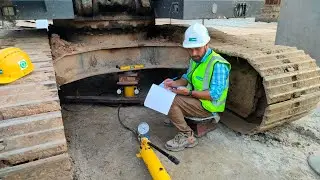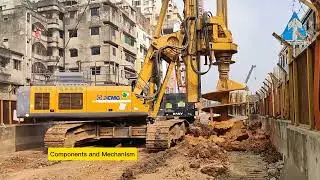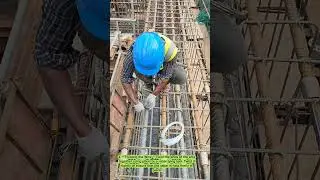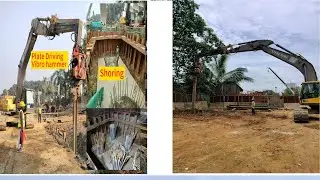Plate Load Test. || Soil Bearing Capacity ||
A plate bearing load test is a field test used to determine the bearing capacity and settlement characteristics of ground or soil. It involves applying a load to a steel plate resting on the ground and measuring the settlement of the plate under various load increments. Here’s a step-by-step overview of the process:
1. Site Preparation: Clear and level the test area. Ensure the ground surface is prepared as per the testing requirements.
2. Plate Placement: Place a steel plate, typically circular or square, on the ground. The size of the plate can vary, but common sizes range from 300mm to 750mm in diameter.
3. Loading Equipment Setup: Set up a hydraulic jack or loading frame to apply the load to the plate. The load is often applied through a reaction frame or weight stack.
4.Load Application: Gradually apply the load to the plate in increments. Each load increment is maintained for a specific period to allow the settlement to stabilize.
5. Settlement Measurement: Measure the settlement of the plate using dial gauges or other precise measuring instruments. Record the settlement corresponding to each load increment.
6. Load Increment Increase: Continue increasing the load in increments and measure the settlement until the required load or failure point is reached.
7. Data Analysis: Plot the load-settlement curve from the recorded data. Analyze the curve to determine the ultimate bearing capacity and the settlement characteristics of the ground.
8. Reporting: Prepare a detailed report including the test procedure, load-settlement data, analysis, and conclusions about the bearing capacity and settlement characteristics of the ground.
The plate bearing load test is commonly used in geotechnical engineering for foundation design, pavement evaluation, and soil stabilization projects.
#construction #foryou #load #machine #love #viral #viralvideo #viralshorts #viralvideos


![Mangiatori Urlanti 2 - [Candid Camera] - Divergents](https://images.mixrolikus.cc/video/QFh-Wx02CE0)





